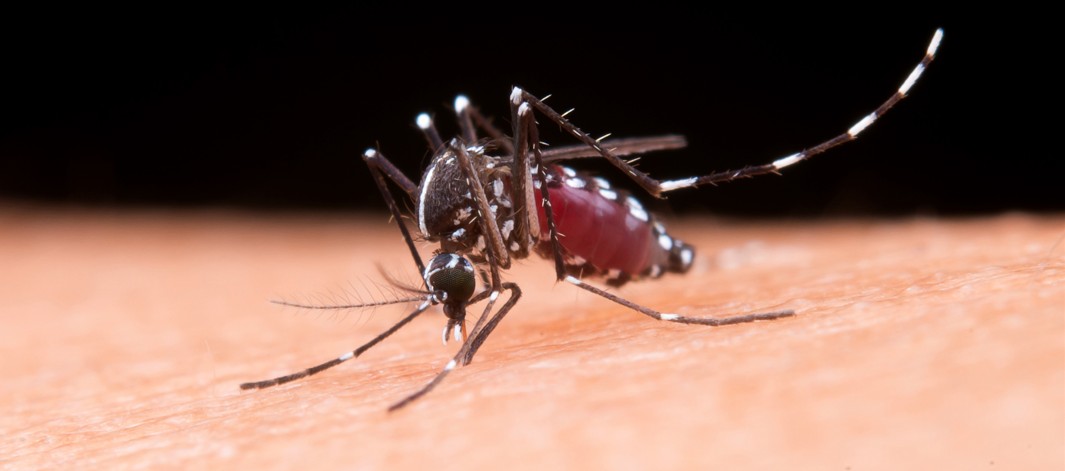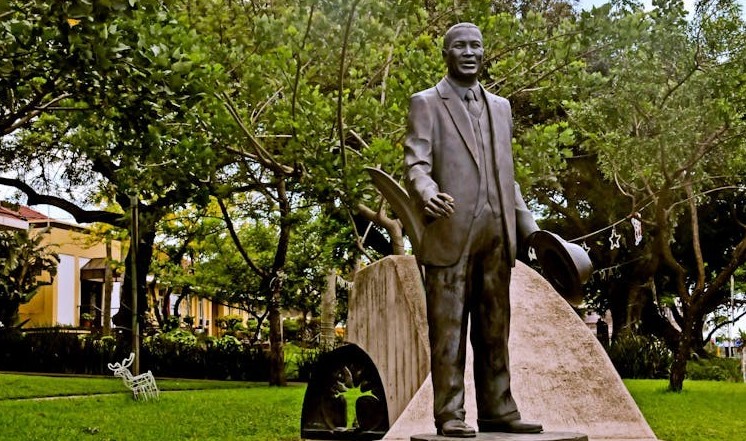Public universities face lecturer shortage despite rising enrolments, says CUE

Despite efforts to hire more qualified staff, public institutions still face a shortage of PhD holders, an ageing pool of professors, and high dependence on part-time and adjunct lecturers.
Kenya’s public universities are under increasing pressure as student numbers rise faster than academic staff can be recruited, according to the Commission for University Education (CUE).
The 2024/2025 University Statistics report shows that the teacher-student ratio in public institutions worsened from 40.77 in 2023 to 44.36 in 2024, with enrolment climbing from 411,349 to 469,688.
More To Read
- KEMRI-JKUAT collaboration secures court ruling to protect senior scientists from early retirement
- Private universities demand Sh58.8 billion in unpaid tuition fees from government
- Government owes private universities Sh48.8 billion in unpaid student funding, MPs told
- Koitaleel, Maasai Mara universities under fire over missing records, unapproved payments
- KEPSA calls on Parliament to enact reforms to stabilise public universities after 49-day lecturers’ strike
- Govt announces measures to resume learning in universities after 49-day lecturers' strike
This means that each lecturer is now responsible for about 44 students, compared with roughly 41 the year before.
Although universities set their own staffing standards, CUE guidelines place a maximum cap of 1:50 for theory-based courses and 1:20 for courses requiring practical sessions, to protect learning quality.
Despite efforts to hire more qualified staff, public institutions still face a shortage of PhD holders, an ageing pool of professors, and high dependence on part-time and adjunct lecturers.
Private universities, on the other hand, have improved their ratios, dropping from 42.83 to 33.96, while enrolment rose to 144,007 students.
The trend indicates that private institutions have invested more in teaching personnel, offering students a more supportive learning environment.
“Universities in 2024 had an average teacher–student ratio of 1:39, meaning one Kenyan university staff member served thirty-nine students,” the report states.
Teaching staff nationwide grew by 7.2 per cent, from 14,349 to 15,383, with public universities accounting for the bulk at 69 per cent.
Lecturers remain central to university teaching, rising from 6,052 (41.9 per cent) in 2023 to 6,627 (43.08 per cent) in 2024.
Senior Lecturers increased slightly from 1,987 (13.76 per cent) to 2,144 (13.94 per cent), while Professors grew from 475 (3.29 per cent) to 551 (3.58 per cent), showing gradual career advancement among senior academics.
At the same time, junior positions are declining. Tutorial Fellows fell from 3,498 (24.22 per cent) to 3,119 (20.28 per cent), and Graduate Assistants dropped from 815 (5.64 per cent) to 604 (3.93 per cent).
CUE warns that this trend could weaken the academic talent pipeline and affect long-term succession planning. Meanwhile, reliance on adjunct staff has increased, with numbers more than doubling from 379 (2.62 per cent) to 758 (4.93 per cent).
Top Stories Today











































